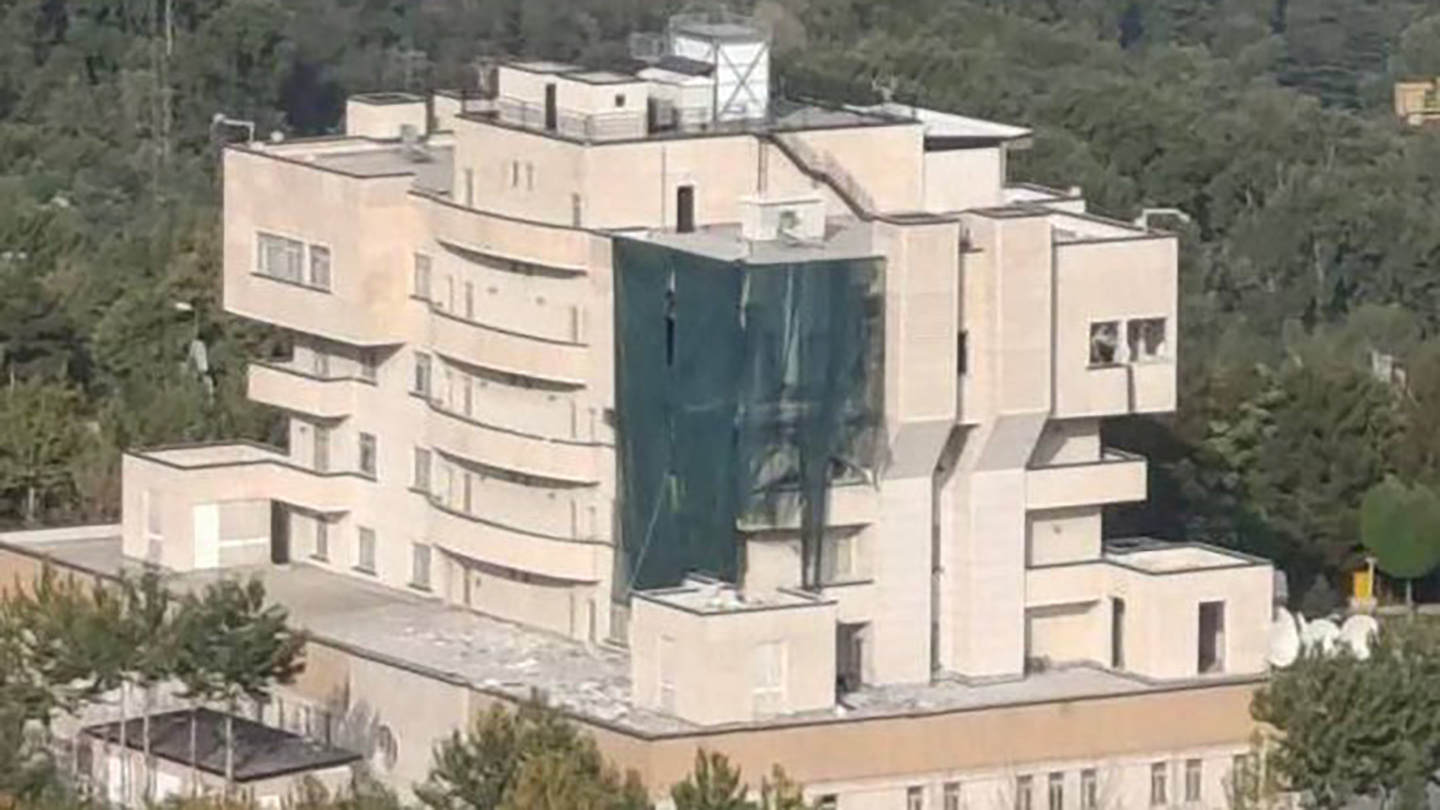In the hours after Hamas political leader Ismail Haniyeh was assassinated in Tehran on Wednesday, speculation emerged that an Israeli airstrike, missile, or drone attack, among other possibilities, caused the fatal explosion. However, Haniyeh was killed by a bomb smuggled into the guesthouse where he was staying, The New York Times reported.
“The bomb had been hidden approximately two months ago in the guesthouse,” the publication reported, citing five Middle Eastern officials. “The guesthouse is run and protected by the Islamic Revolutionary Guards Corps [IRGC] and is part of a large compound, known as Neshat, in an upscale neighborhood of northern Tehran.”
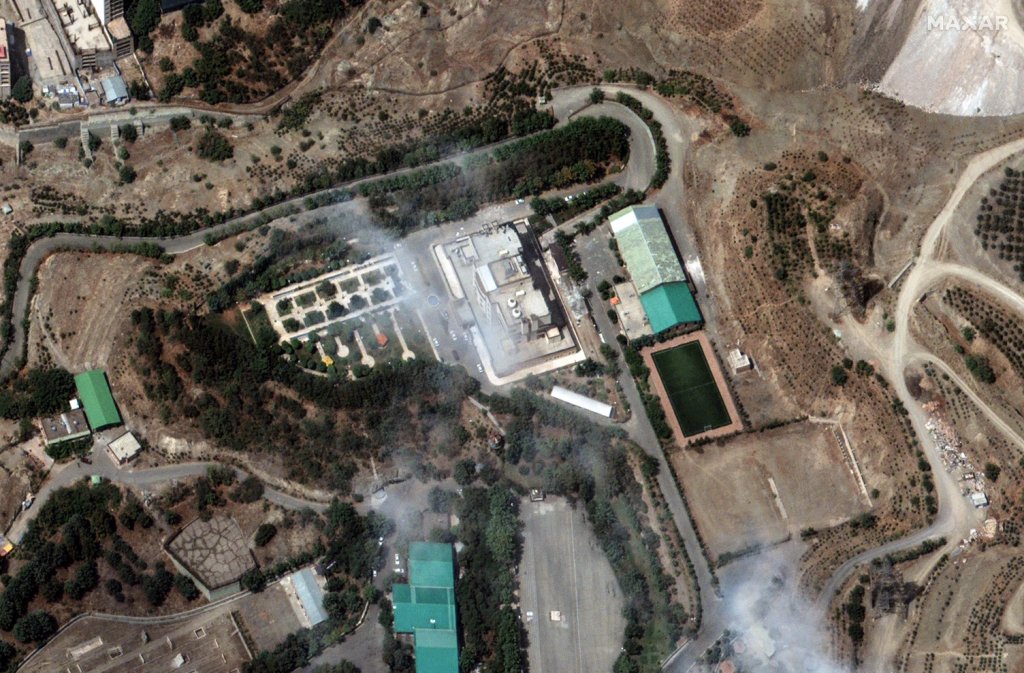
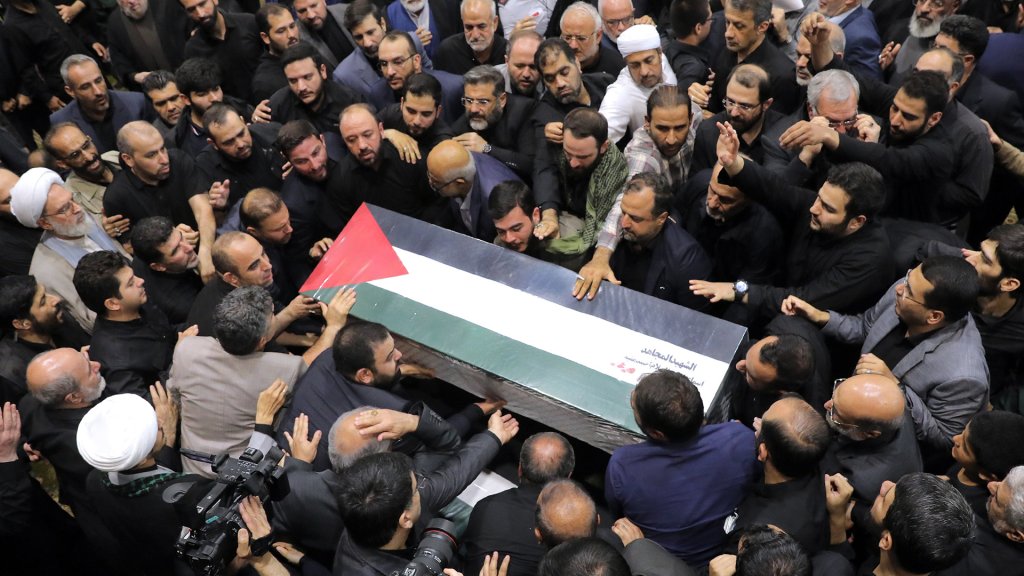
The explosion “shook the building, shattered some windows and caused the partial collapse of an exterior wall,” the Times reported. Soon after news about the attack filtered out, speculation quickly emerged about how it happened, much of it pointing to the inability of Iranian air defenses to deter an Israeli attack on their soil.
NourNews, a news outlet affiliated with Iran’s Supreme National Security Council, said that his residence was hit by an “airborne projectile.”
Hamas itself has described Haniyeh as being killed in an “airstrike,” while there were unconfirmed claims suggesting he was killed by an Israeli missile and even a small quadcopter.
All of these claims would have meant Israel was able to carry out a long-distance attack, evading Iranian air defenses, or had set up a hit squad in Tehran to launch the drone.
However, as the Times pointed out, the Hamas leader was assassinated due to a security lapse of another kind, but no less embarrassing for Tehran.
There was “a lapse in the security of a supposedly tightly guarded compound that allowed a bomb to be planted and to remain hidden for many weeks before it would eventually be triggered,” according to the publication.
That breach “was a catastrophic failure of intelligence and security for Iran and a tremendous embarrassment for the Guards, which uses the compound for retreats, secret meetings and housing prominent guests like Mr. Haniyeh,” the Times reported, citing “three Iranian officials.”
Israel has a long history of covert operations in Iran, often using exotic options for targeted killings. The use of improvised explosive devices (IEDs), drive-by shootings, and other cruder means of assassination are also well established within Israel’s ‘cloak and dagger’ playbook. Israel’s espionage operations in Iran are well established, with targeted assassinations occurring sporadically over the years, as well as major intelligence-gathering operations, some of which are now famous.
Iran and Hamas have blamed Israel, an assessment, the Times noted, shared by anonymous U.S. officials. Israel has yet to comment on the Haniyeh assassination, but it did admit killing Fuad Shukr, a top Hezbollah leader a day earlier.
Israel claimed it killed Shukr in an airstrike on a Beirut suburb on Tuesday. The Lebanese militant group has since confirmed the death of Shukr.
Israel said it killed Shukr in response to what it says was a Hezbollah rocket attack that struck a soccer field in the occupied Golan Heights, killing 12 children and teens and wounding many more. Shukr had also been accused by the U.S. of orchestrating the 1983 bombing in Beirut that killed 241 American servicemen.
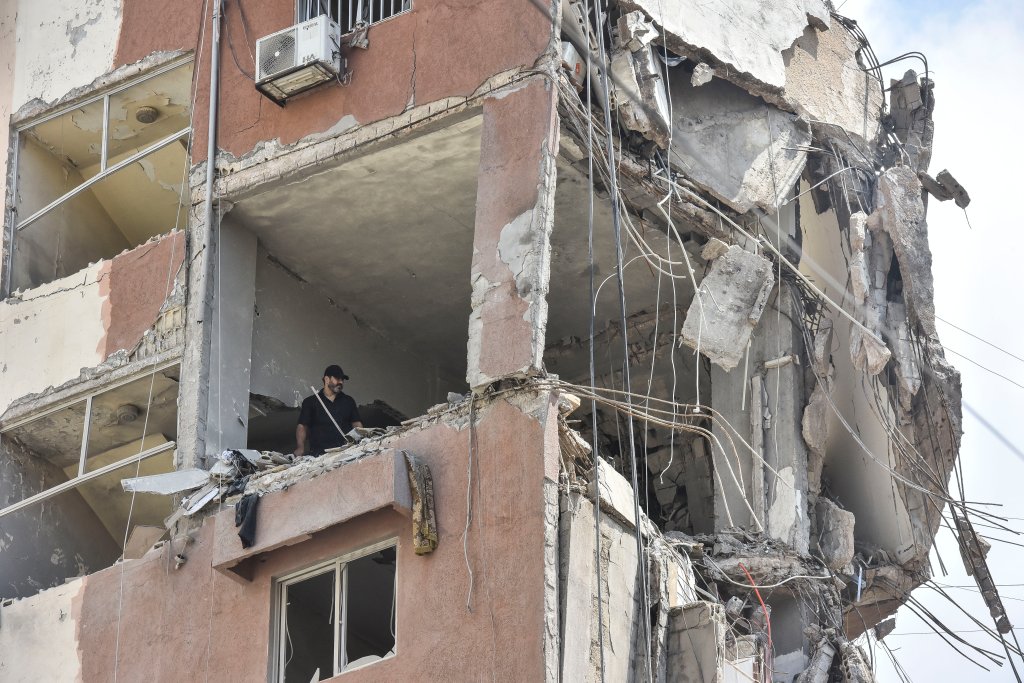
During Shukr’s funeral on Thursday, Hezbollah leader Sayyed Hassan Nasrallah delivered a fiery speech threatening Israel.
“You don’t know what red lines you have crossed and what kind of aggression you carried out and where you’ve taken the situation,” Nasrallah said in his televised statements. “Now we’ve entered a new phase, different than the previous phase. And the escalation depends on the behavior of the enemy and the reactions of the enemy.”
Retribution is coming, Nasrallah added.
“Today, they are the ones who have to await the rage of the honorable people, the revenge of the honorable people in the Ummah,” he said, using an Arabic term for the Muslim community. “You will cry a lot… and you will have to wait for our response within the new phase.”
It remains unclear at the moment if the most recent Hezbollah attack is the promised response or just another in an ongoing series of attacks unleashed on Israel by the Lebanese military group in the wake of the Israel-Hamas war.
In the wake of these assassinations, top Iranian officials were scheduled to meet with leaders of their regional proxies on Thursday to determine the best way to strike back at Israel, Reuters reported.
“Representatives of Iran’s Palestinian allies Hamas and the Islamic Jihad, as well as Yemen’s Tehran-backed Houthi movement, Lebanon’s Hezbollah and Iraqi resistance groups will attend the meeting in Tehran,” Reuters reported. “Iran and the resistance members will conduct a thorough assessment after the meeting in Tehran to find the best and most effective way to retaliate against the Zionist regime (Israel),” said a senior Iranian official, with “direct knowledge of the meeting.”
After Haniyeh was killed, Iran directly threatened Israel.
Its Supreme Leader Ayatollah Ali Khamenei promised a “harsh punishment” for the assassination of Haniyeh.
In April, Iran launched a massive missile and drone barrage at Israel in response to an Israeli strike on a consular building right next to the Iranian Embassy in Syria’s capital Damascus on April 1. The vast majority of those threats were shot down before reaching Israeli airspace by Israeli, U.S, and allied air defenses. There are some claims that the next attack could be far more intense.
Meanwhile, Israel “is ready, willing, and able to defend itself against any threat,” David Mencer, a spokesman for Prime Minister Benjamin Netanyahu, said in a news briefing Thursday when asked about threats posed by Iran and allied groups in the region. “We are ready, both in ways that you’ve seen and … also in ways which you have not seen yet.”.
All this raises increasing concerns that the Israel-Hamas war, since joined by Hezbollah and the Houthis, could erupt into a major regional conflict, drawing in Iran and potentially the U.S. as well.
As a result of increasing tensions, the U.S. has assembled at least a dozen already deployed warships nearby, a defense official told The Washington Post.
The vessels” include the aircraft carrier USS Theodore Roosevelt and its accompanying warships as well as the Wasp Amphibious Ready Group (ARG), a three-ship amphibious task force that includes more than 4,000 Marines and sailors,” the official told the Post, “speaking on the condition of anonymity due to the sensitivity of the issue.”
There are, however, no U.S. warships in the Red Sea, where the U.S. and allies have responded to repeated attacks by the Houthis on shipping in the region, the Post reported.
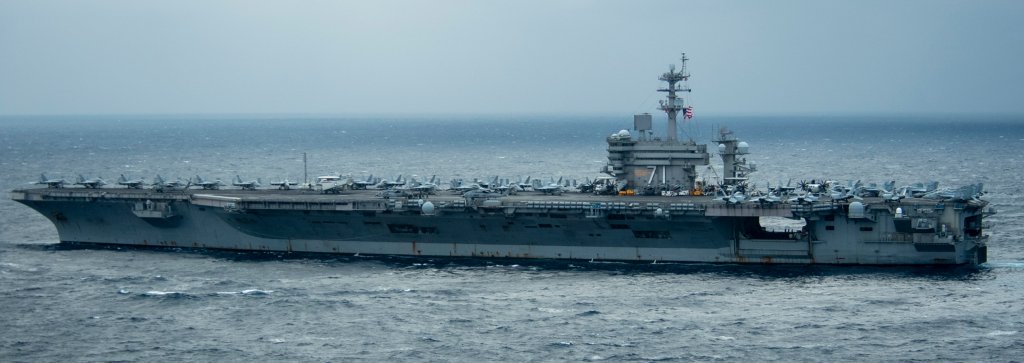
U.S. President Joe Biden pledged support for Israel in a call with Netanyahu.
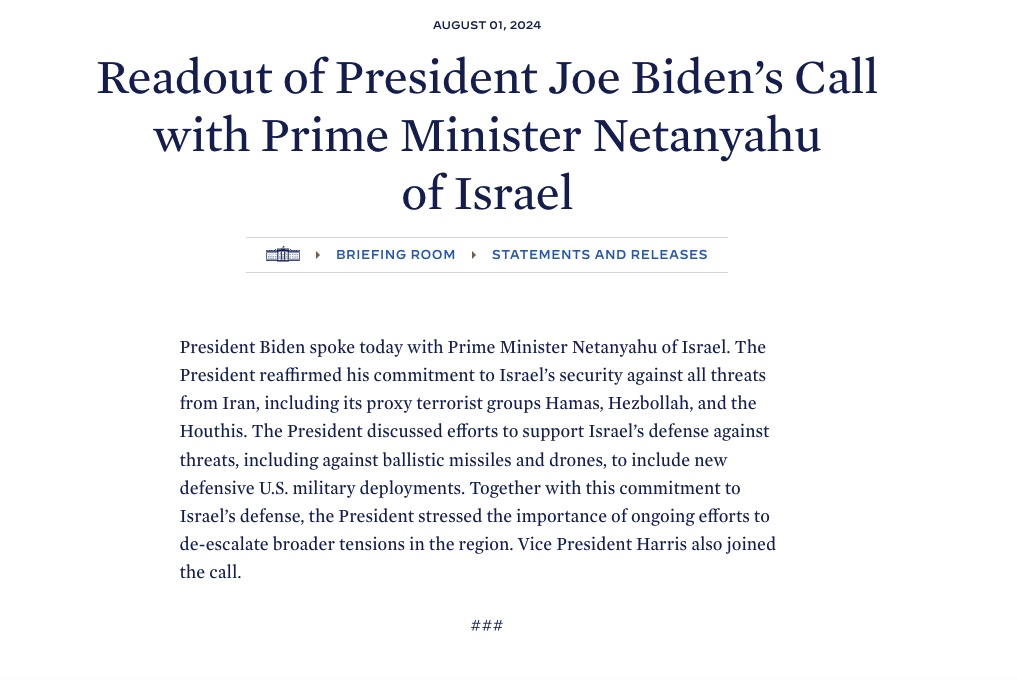
U.S. Defense Secretary Lloyd Austin said America will help defend Israel.
“If Israel is attacked, we certainly will help,” he told reporters on Wednesday. ”You saw us do that in April. You can expect to see us do that again. But we don’t want to see any of that happen. We’re going to work hard to make sure that, you know, we’re doing things to help take the temperature down and address issues through diplomatic means.”
A recent major diplomatic effort, pressing Israel not to strike Beirut in the wake of the soccer field deaths, did not work out.
Hours after Nasrallah’s threat, Hezbollah resumed attacks on Israel, but they were in response to an Israeli strike that killed four Syrian civilians and wounded five Lebanese people in a village in southern Lebanon, Sky News reported.
“Following the sirens that sounded at [9:44 p.m. local time] in the western Galilee area, numerous projectiles crossed from Lebanon into Israeli territory, some of which were intercepted, and the rest fell in open areas,” the Israeli Defense Forces said on Telegram. “No injuries were reported.”
Shortly after the launches were carried out, the IAF struck the Hezbollah launcher from which the projectiles were launched in the area of Yater in southern Lebanon,” the IDF stated. “Moreover, IDF artillery fired to remove threats in the areas of Rmaych and Ramyeh in southern Lebanon.”
Video is emerging on social media showing Israeli air defense being activated in the north. The Times of Israel said on Twitter that it was the first Hezbollah attack in the last 48 hours.
While this appears to be another tit-for-tat attack, the world is bracing for something much bigger.
Contact the author: howard@thewarzone.com
